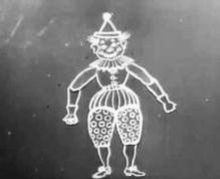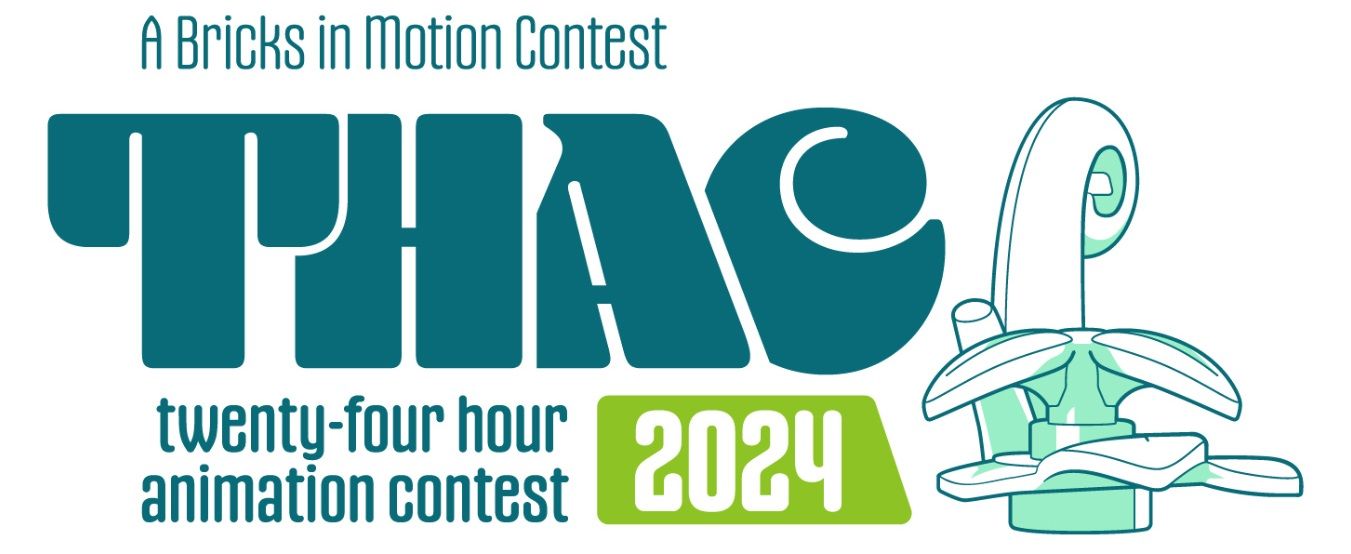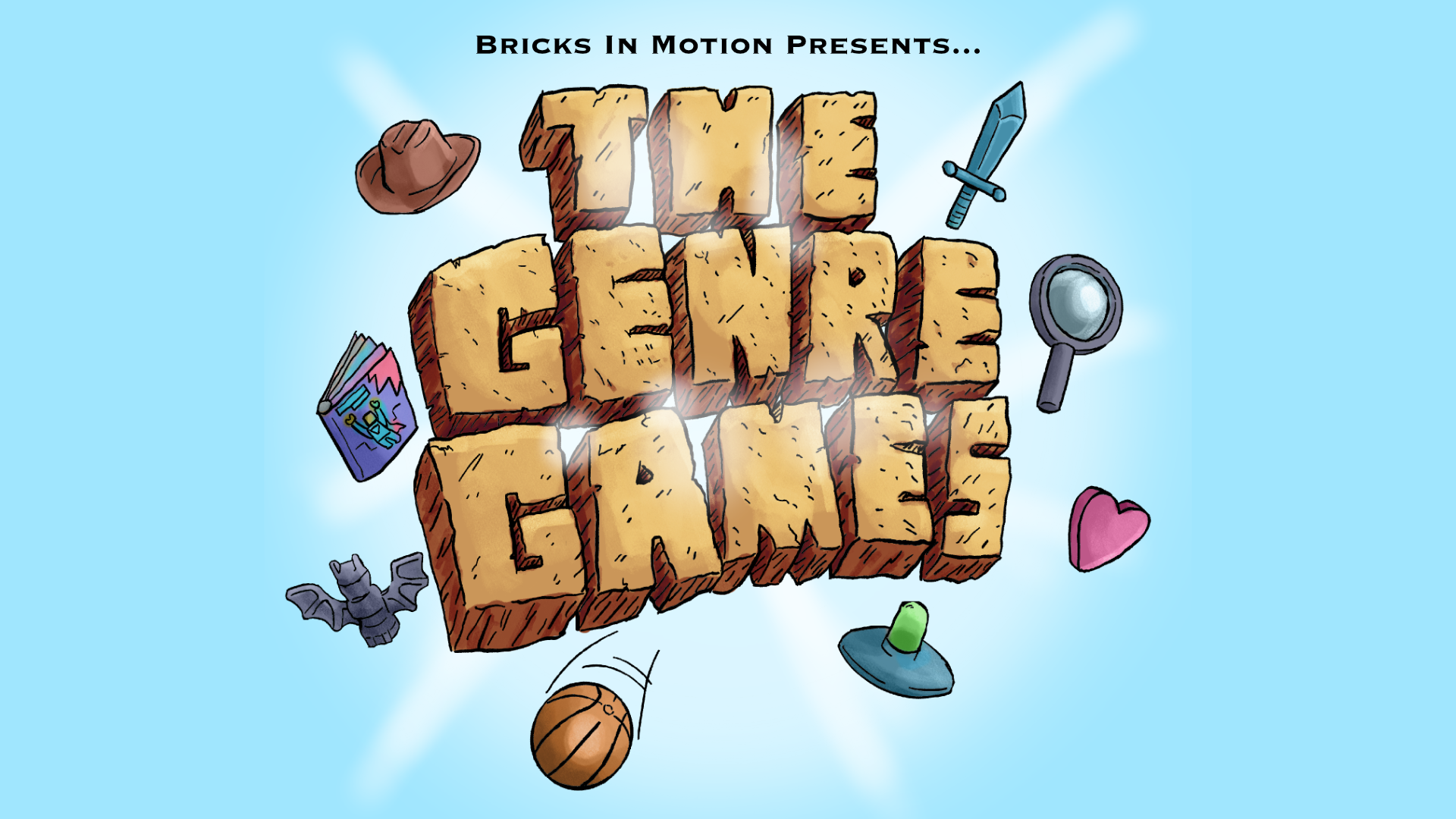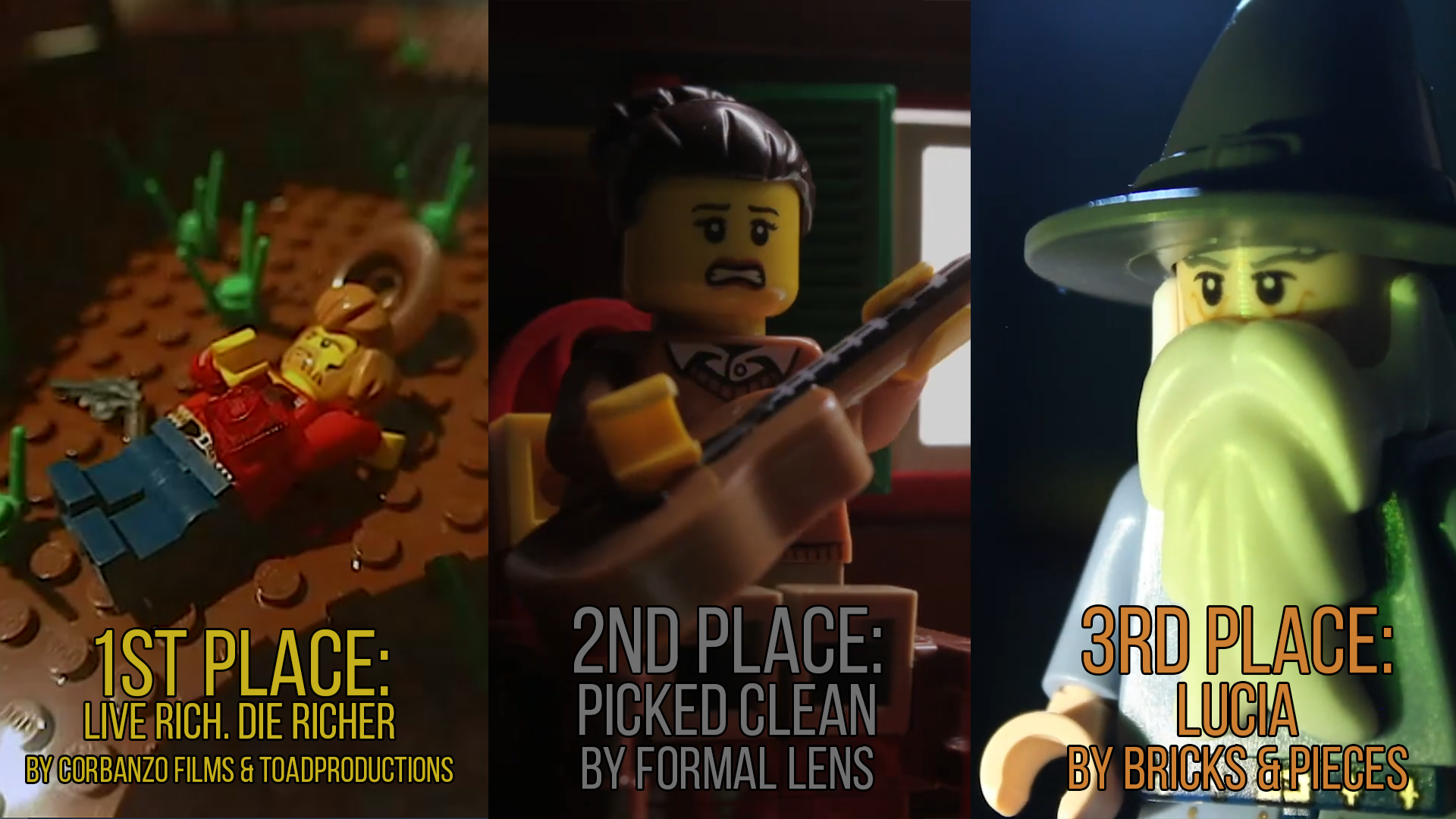The Beatles' Yellow Submarine (example)
(YouTube link)

So for this weeks showcase, I am taking you to the sixties with The Beatles' very own Yellow Submarine (1968)
Unfortunately the link I've provided only shows an example for the film, in order to watch this you will need to source your own copy.
As we all know The Beatles were the biggest band of their time and have had a massive influence on music, even with todays standards of music. They still hold the record of being the best-selling band in history. With the popularity of the band within the 1960s and the previous success of their feature-films A Hard Days Night and Help (1965), Yellow Submarine came into production.
The idea of this film was to try and bring in a new younger generation by tapping into subjects, themes and music that appealed most to young adults. The film features the four band members and many of their songs, promoting them within the feature itself.
The story stems within the fictional land "Pepperland" and the evil music-hating monsters named the "Blue Meanies" have ventured upon Pepperland. The four band members then are enlisted to save the day.
The most interesting sight from this film looking back is definitely the visuals. The visuals reflect the psychedelic themes of its time. Bright colours and quirky, otherworldly beings are scattered within the film. This film is a very interesting piece to watch due to the outstanding nature of the visuals, though the animation itself isn't so impressive and as innovative as others, the design of the film definitely experiments with a lot of strange themes. This film is a vey good way to inspire thinking outside of the box when it comes to visual aspects of animation, whether it'd be character design or just colours. If you're interested, don't just look at only this film alone but also have a look into psychedelic artwork, filmography and experimental features, they are very interesting to interact with and are often very thought provoking.
Bonus The voice actor who voiced George Harrison for the film had to be replaced half-way through recording as he was arrested for desertion from the British Army of the Rhine in Germany.
Double Bonus! As most LEGO fans will know, the famous title submarine from the film has been created in LEGO form and is available for purchase! A fan pitched the idea to the LEGO ideas service and it was made into a real-life set!
https://shop.lego.com/en-GB/Yellow-Submarine-21306
















